In the chaotic days at the end of World War II, Japanese remaining in the defeated empire’s mainland Asian territories faced brutal hardship. A documentary film unfolds the story of young women abandoned by Japan’s soldiers and forced to endure sexual abuse that they kept a secret for decades thereafter.
An Untold Colonial Story
In the final days of World War II, Japan suffered a serious blow when the Soviet Union entered the war against it, in violation of the 1941 Soviet-Japanese Neutrality Pact, invading Japanese-held territory in Northeast China in the early hours of August 9, 1945.
At the time, the area was a Japanese puppet state, known as Manchukuo or the “Empire of Great Manchuria.” The Japanese government had sponsored over 900 groups of “pioneers” to colonize the region, who numbered 270,000 by the war’s end. They were predominantly younger sons of farm families in Japan struggling with poverty in the aftermath of the Great Depression, together with the relatives they took along.
The term “pioneers” is something of a misnomer, because these colonists actually seized land from the original inhabitants. Japan’s hidden agenda in this colonization was to create a military outpost in readiness for a Soviet invasion.
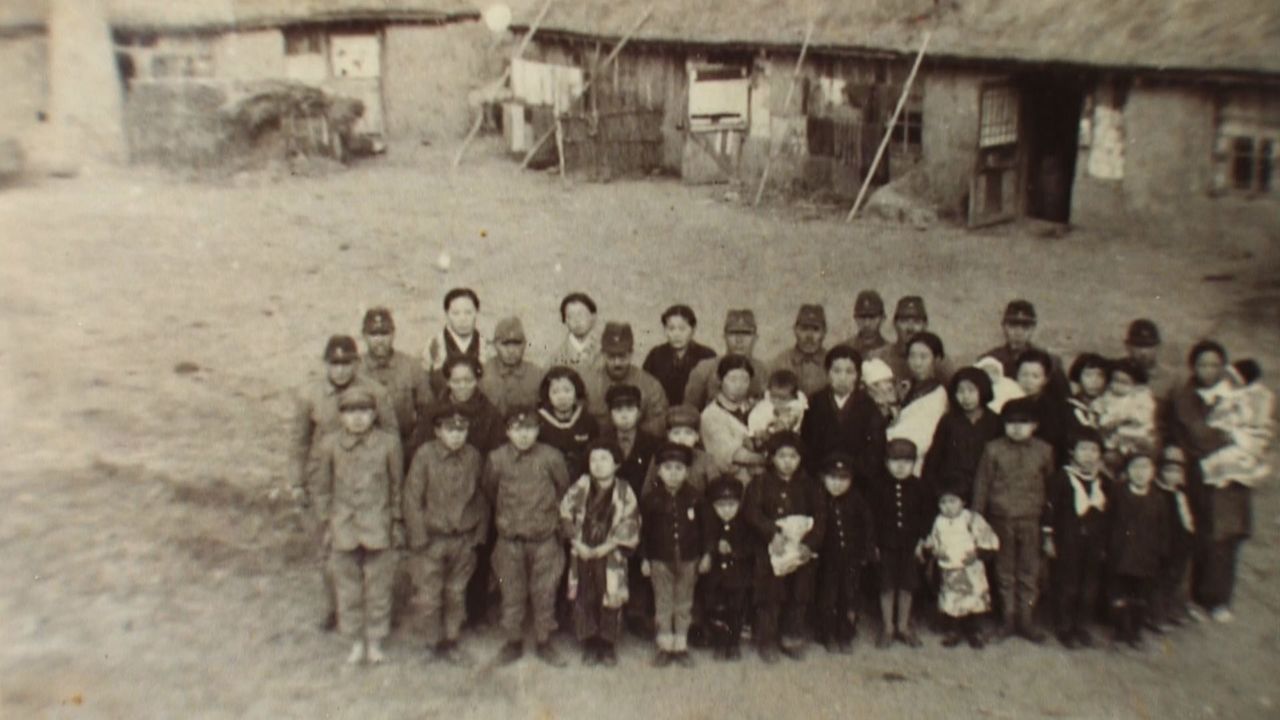
The Kurokawa Settler Community, whose members moved to what is now China’s Songyuan, Jilin Province, in 1941. (© TV Asahi)
But when Soviet forces actually invaded, the Kwantung Army (the division of the Imperial Japanese Army operating in Manchukuo) took flight, and the colonists were left to fend for themselves, falling victim to looting and violence. They were not only attacked by the Soviet troops, but also by the local people whose homes and land they had taken. Some colonist villages chose to commit suicide en masse rather than to face the possible alternatives. Some 80,000 colonists died during the invasion, including many who perished from famine or infectious disease.
Among the colonists was a group of around 600 who came from the village of Kurokawa (now Shirakawa) in Gifu Prefecture. Amidst the chaos, the Kurokawa settlers chose to surrender their young women in return for food and safe convoy. For two months, 15 unmarried women, aged over 18, were forced to provide “sexual entertainment” for the Soviet troops.
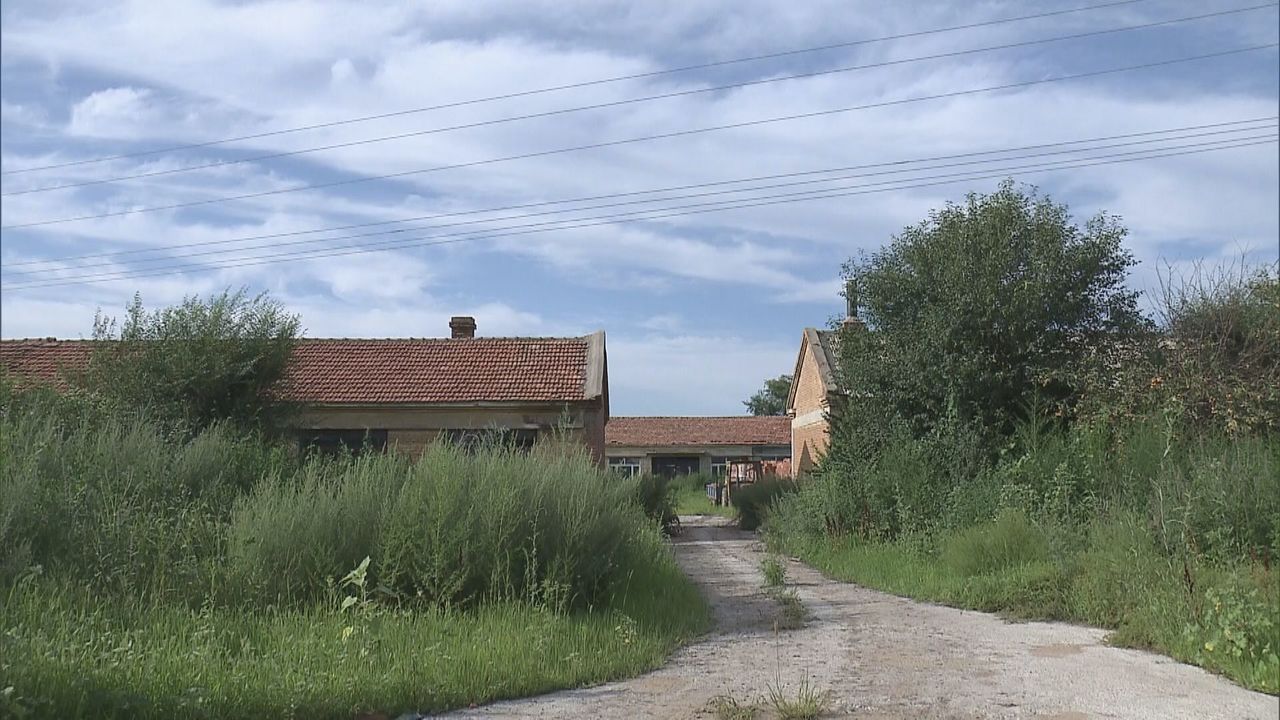
Location of the former entertainment quarters. (© TV Asahi)
A year after the war’s end, the surviving 451 Kurokawa pioneers were repatriated to Japan. After returning, the women who had been forced to provide “sexual entertainment” were subjected to slander and could no longer face living in the village. Some moved away, concealed their past, and married, while others remained single for their entire lives.
After the war, those who were aware of this shameful episode kept silent. It was not until almost 70 years later that some of the victims began to speak out.
Breaking the Silence
The first women who broke their silence were Yasue Yoshiko and Satō Harue. In November 2013, they first spoke publicly about their ordeals at regular talks held at the Manchukuo Settler Peace Memorial Hall in the village of Achi, Nagano Prefecture.

Yasue Yoshiko, who recounted the reality of “sexual entertainment” at the Manchukuo Settler Peace Memorial Hall (Achi, Nagano). (© TV Asahi)
Yasue, the eldest of the women, passed away in 2016. Satō told her story in a documentary that aired on NHK in 2017, causing shockwaves. Thereafter, she was often interviewed by reporters, particularly from regional newspapers. In August 2018, she spoke at a testimonial meeting held at Gifu’s municipal hall, which received high-profile coverage in the daily Asahi Shimbun.
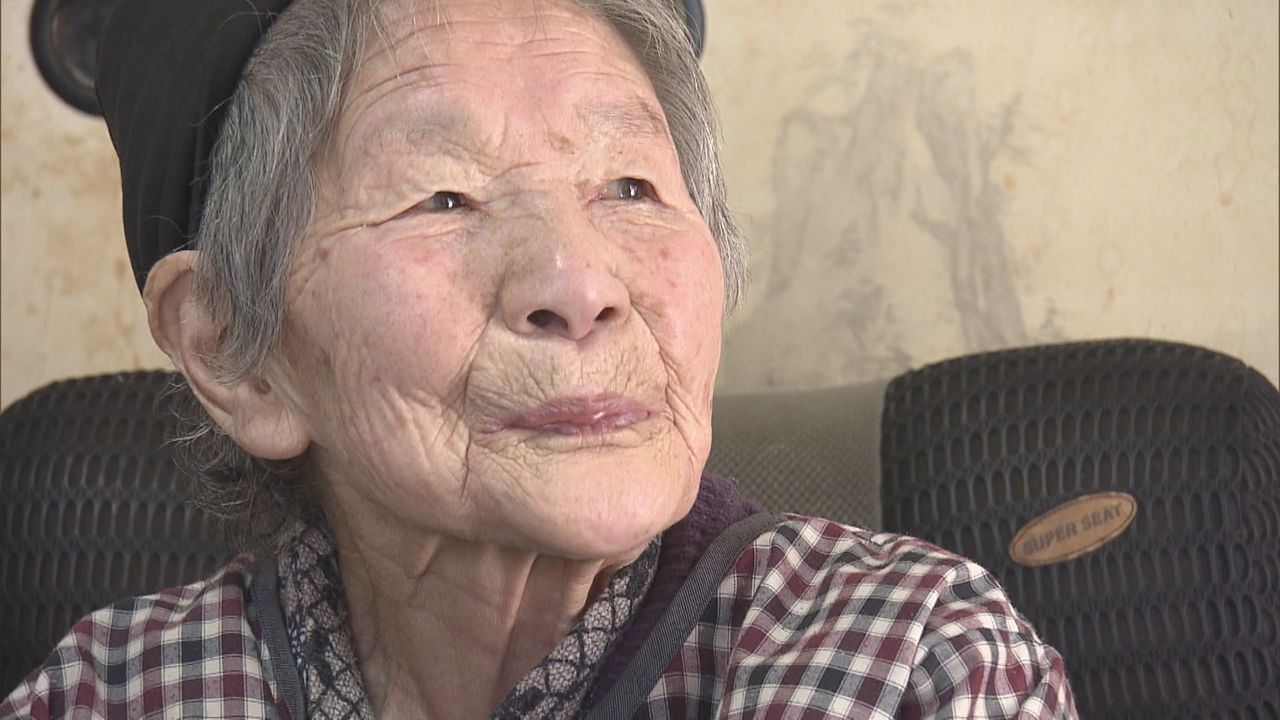
Satō Harue in 2019. (© TV Asahi)
Matsubara Fumie, director of the documentary film Kurokawa no onnatachi (The Women of Kurokawa), says she was deeply moved when she read the article and saw a photo of Satō, then aged 93: “She drew her lips into a thin line. I sensed strong determination and conviction in her expression. I grew curious about what kind of person she was and wanted to speak to her myself.”

Matsubara Fumie, director of the documentary film Kurokawa no onnatachi. (© Nippon.com)
Three months later, Matsubara had the opportunity to interview Harue. In November 2018, a ceremony was staged to unveil an epitaph for the women erected in the grounds of a shrine in Kurokawa to record the truth about the victims.
Prior to this, there was only a statue of Jizō (a Buddhist bodhisattva held to be a protector of children), simply labeled as a “Monument to the Maidens,” alongside a cenotaph and other memorials. Paid for through donations, it was installed in 1982 to remember the victims, but without any accompanying explanation, out of “respect” for their past suffering. Thirty-six years later, the silence was broken, and an explanation was finally placed alongside.
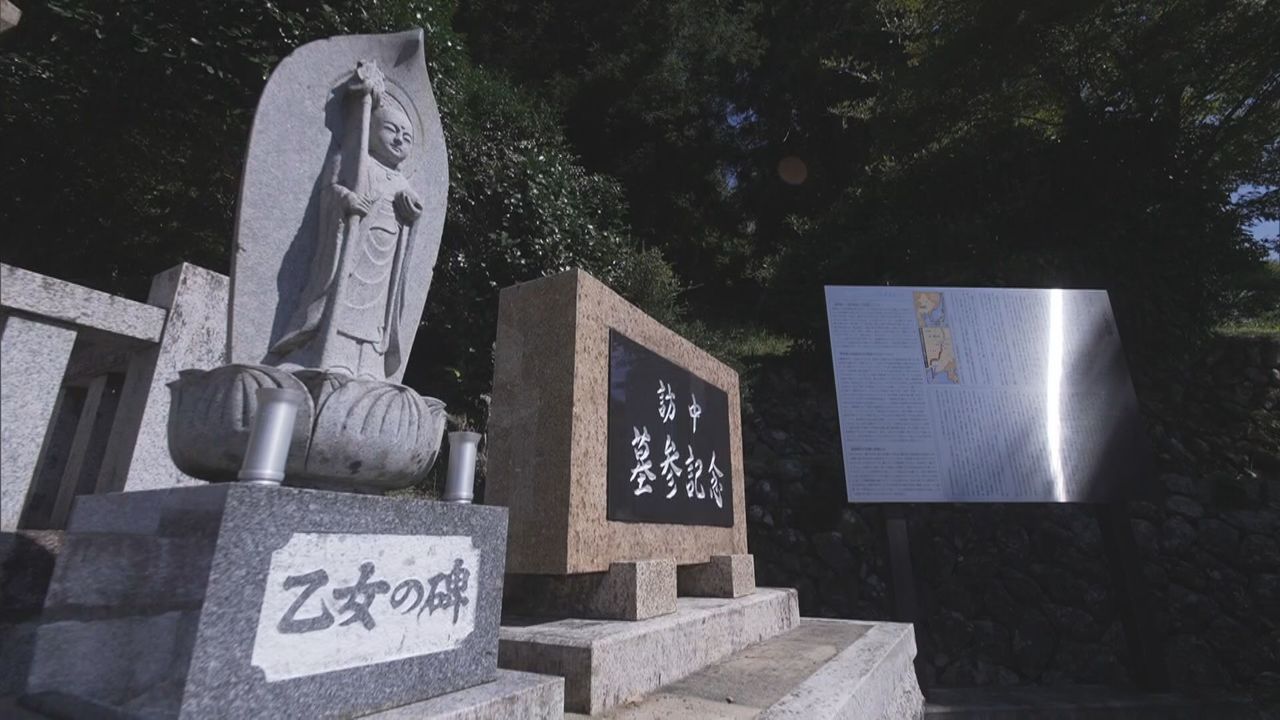
An epitaph (right) installed alongside the “Monument to the Maidens” in November 2018. (© TV Asahi)
Accurately Conveying Historical Fact
The unveiling of the epitaph was covered briefly on national network news. Matsubara, who directed the story, continued to gather information after this episode, interviewing other former Kurokawa Settler Community members to learn more about the background and circumstances of the “sexual entertainment.” The interviews became the basis for a television documentary, broadcast in November 2019, and of Matsubara’s new film.
“Above all, I wanted to depict the bravery of these women,” she recalls. “Satō Harue faced up to her past experiences and spoke on camera, using her real name. Her courage, determination and very way of being deeply moved me. I wanted to share what she had achieved and the story she has left us with as many people as possible.”
Another key purpose was to convey historical fact. Satō was a victim of cruel sexual violence, and although she had sacrificed greatly to protect the village, for decades, people acted as if nothing had happened. Fujii Hiroyuki, thefourth chairperson of the Settler Community Survivors Society, felt heavily burdened by this, and went to great efforts to prepare the epitaph. His father had been employed to call in the women when they were required to entertain the troops.
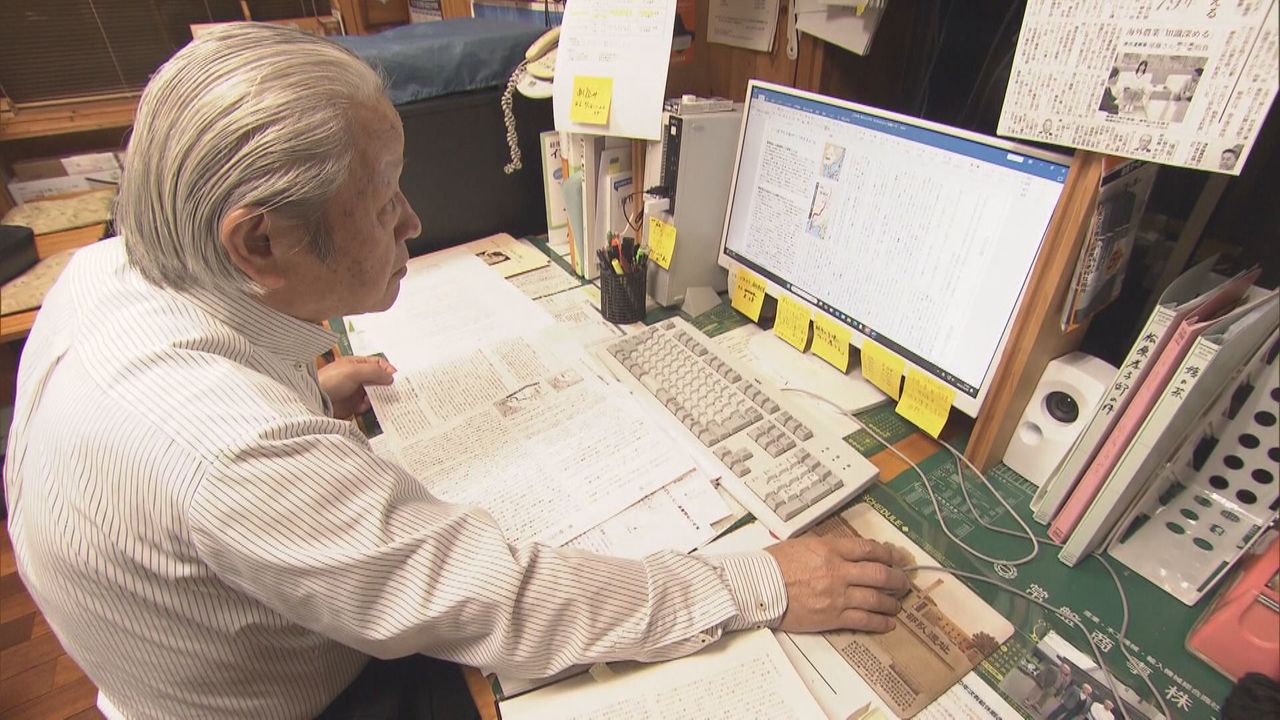
Fujii Hiroyuki, chair of the Settler Community Survivors Society, spent many months preparing the text of the epitaph. (© TV Asahi)
According to Fujii, “The younger generation make atonement for the sins of their parents’ generation. We must look closely at the mistakes they made and record this history, no matter how uncomfortable it may be. I feel solace in having achieved this.”
Reclaiming Their Dignity
The COVID-19 pandemic took hold shortly after the television documentary was aired, making it difficult to stay in touch with the people of Kurokawa. But after restrictions were eased, Fujii received surprising news. In October 2023, Yasue Reiko, one of the three surviving victims, contacted him to say she would meet with him.
Matsubara had managed to arrange an interview with Yasue in 2019, but at the time it was under the condition of maintaining her anonymity. But she had refused to return to Kurokawa and did not attend the epitaph unveiling.

Yasue Reiko, who was interviewed in 2019 on the condition of anonymity. (© TV Asahi)
Fujii had long wanted to apologize to Yasue in person, but when he reached out to her, she had previously cited health issues and other justifications for being unable to meet.
Things changed eventually, though, recalls Matsubara. “I accompanied Fujii when he went to meet Reiko and I was surprised at how different it was from four years earlier—her manner of speaking had totally changed. She smiled and had a much gentler facial expression—she even joked with us.”
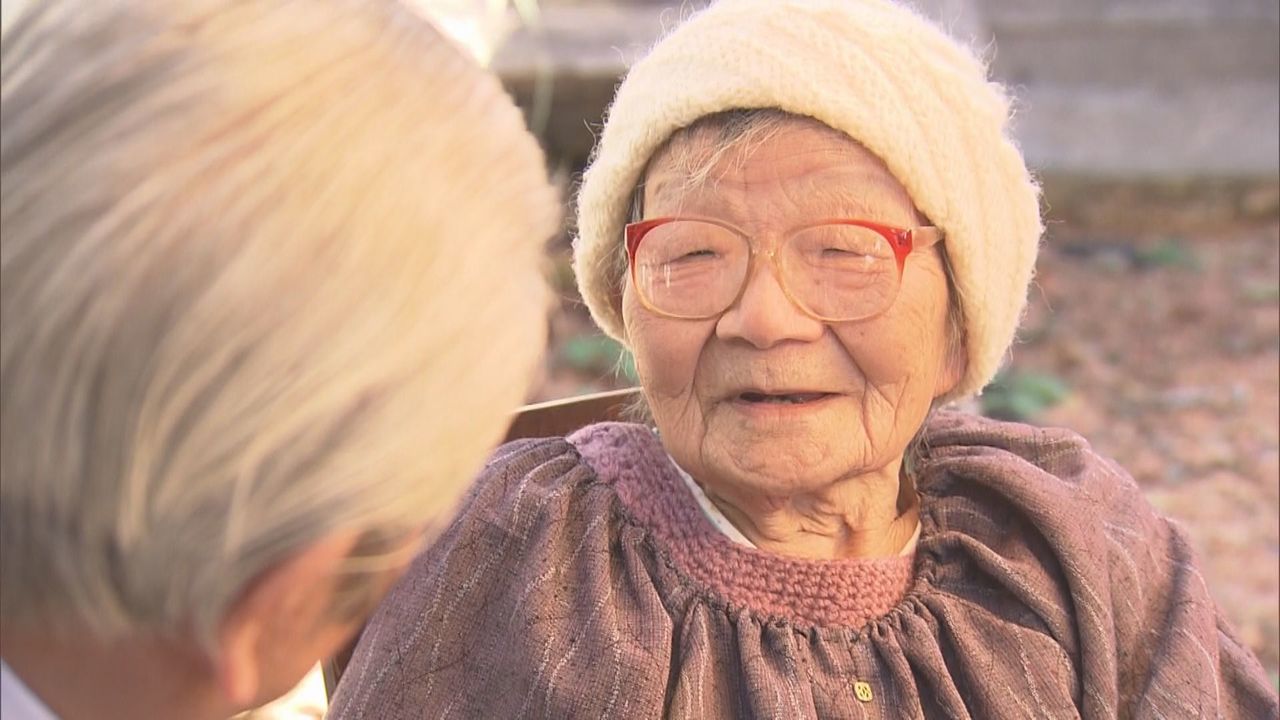
Yasue Reiko appeared relaxed when she met with Fujii. (© TV Asahi)
Her transformation was spurred by a letter she received from a grandchild who had learned of her grandfather’s past in a book.
Matsubara says: “Reiko had never spoken of her experience with her family, and had suffered in silence. But after learning that her granddaughter understood her pain and was proud of her, she found herself able to smile again. It is easy to speak of the return of dignity, but it can be difficult to actually realize this in society. For me, it was a valuable opportunity to witness this myself.”
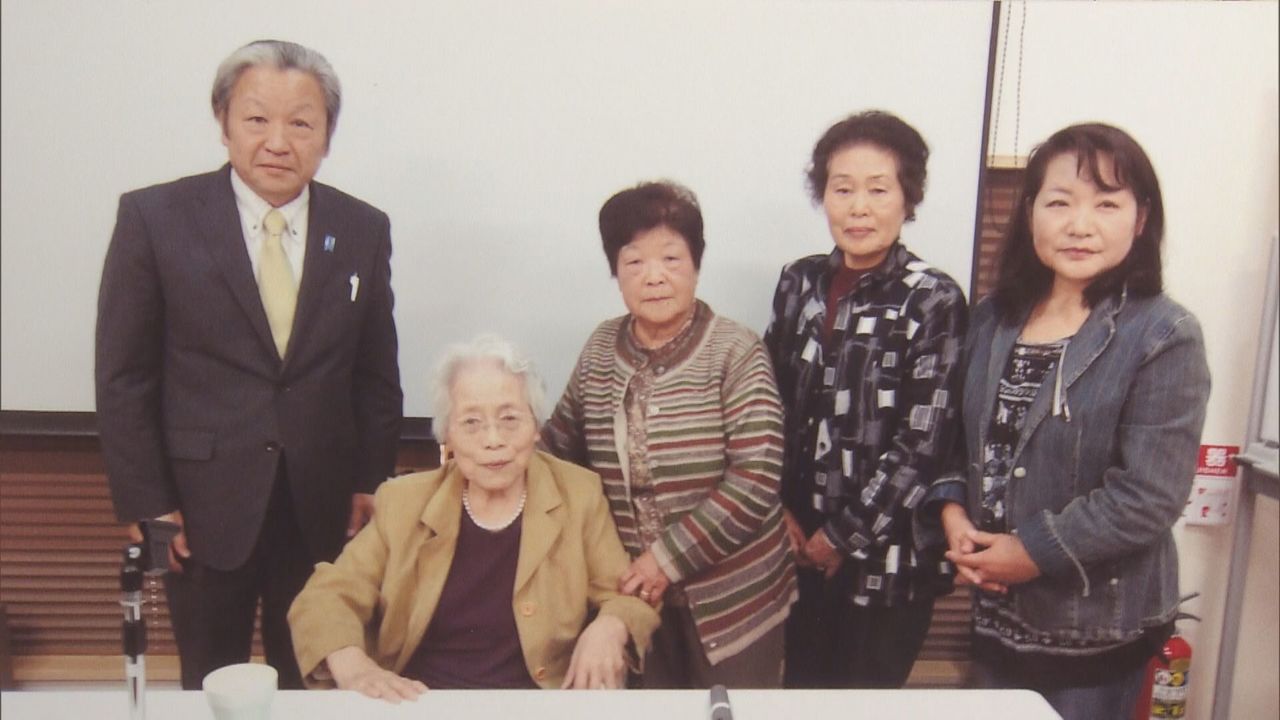
A lecture at the Manchukuo Settler Peace Memorial Hall in 2013. Yasue Yoshiko, seated, is second from left. (© TV Asahi)
The Culmination of a Magnificent Life
There is no doubt that Yasue Reiko found the strength to speak with dignity thanks to Yasue Yoshiko and Satō Harue. In January 2024, Satō passed away, aged 99. Her final moments are captured in the film.
As Harue draws her final breaths, Yasue Kikumi, who had been close to her since their time in Manchuria, spoke to her. The younger Kikumi was fortunately spared the sexual violence suffered by the other women, having been tasked with preparing the bathing area of the entertainment quarters. More than anybody, she was conscious of the sacrifice made by the older girls. She always held a deep sense of respect and appreciation for them. The camera caught Harue’s final moments as she was soothed by these words. There has never been such a touching moment captured on film.
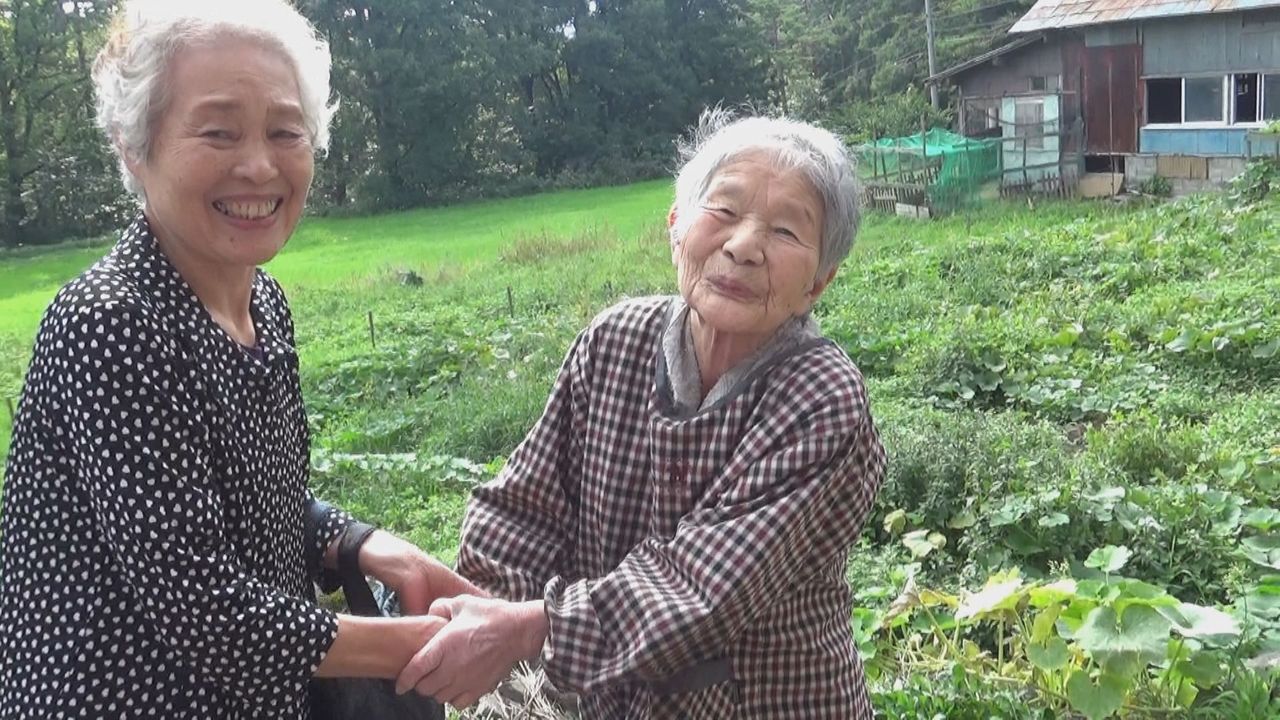
Yasue Kikumi’s affection for Satō Harue, at right, is touching. (© TV Asahi)
The women’s courage, transmission of historical truth, and recovery of dignity—Matsubara hoped to capture these aspects for posterity through her film. She stresses the strong responsibility she felt. For her, the biggest motivation was her encounter with Harue and being with her in her final moments.
“Harue prevented the women’s terrible experience simply being buried in the shadows of history. It was not a matter of feeling resentment, criticizing, and opening up disputes, but of having regard for one other’s stories. This has enabled the next generation to apologize. This allowed Harue to live for almost a century. It was more than enough for one human to bear. The issues of history and gender are certainly crucial, but respect for an individual and their life is also important.”

Satō Harue with film director Matsubara. (© TV Asahi)
Film Information
Official website: https://kurokawa-onnatachi.jp/
Trailer (Japanese)
(Originally published in Japanese. Banner photo: A scene from the film Kurokawa no onnatachi. Satō Harue [front row, far right] among the 15 young women forced to provide “sexual entertainment” to Soviet troops. © TV Asahi.)


AloJapan.com